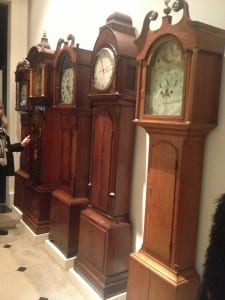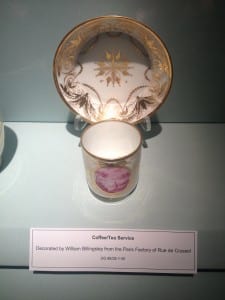We have done some research on The Usher Gallery and James Ward Usher himself as we believe knowing the history of the site could be used and interpreted into our performance to ensure it is relevant to the site we are working/performing in.
The Usher Gallery:
. Opened in 1927 following a bequest to the city by Lincoln jeweller James Ward Usher.
. Usher collected a lot of the art that is displayed in the gallery. He built his collection up over 30 years and it consisted of ceramics, watches, clocks, coins, silver, miniatures and paintings.
. Usher himself was a talented artist.
. He never married therefore in his will he left his collection to the city of Lincoln on the understanding that it would be the basis for a museum and art gallery that would bear his name.
. He left almost £60000 towards the cost of the building which was designed by Sir Reginald Blomfield.
. He was educated at Lincoln Grammar School and Totteridge Park School
.1886 he was the first business man in Lincoln to introduce electricity into his shop from his own generating plant.
.Chose the ‘Lincoln Imp’ as his logo at the jewellers
.Honoured with the position of Sheriff in Lincoln in 1916
As Sir Reginald Blomfield designed the building for The Usher Gallery we thought it may be helpful to research his life as well as we could link his involvement to the building with our performance as well.
.Blomfield was an architect, garden designer and an author
.He was educated at Haileybury School and Exeter College, Oxford. He graduated with a first-class degree in Classics.
.He played a major part in the completion of the Quadrant in Regent Street and the Lambert bridge, both situated in London.
Why we thought it would be relevant to look into the history of The Usher Gallery was due to our discussion of the corporation of time which was inspired by the collection of clocks and watches in the gallery. Knowing the history and portraying it during our performance emphasises the notion of time that is linked to the site we are working in.
Another interesting factor was the architecture of the building compared to James Usher himself. It is evident he was a business man and part of the middle classes but The Usher Gallery itself seems to replicate that of a manor house which was more associated with the upper classes during the 1920’s when the gallery was built. This could be an interesting factor to explore. An idea I had which was inspired by the crockery and tea set collection in the gallery was that half way during our performance to sit down and have afternoon tea thus channelling the contrast between the working class (Usher) and the upper class (the architecture of the building). It could also be interesting to link the architect himself Sir Reginald Blomfield to our performance. A way in which we could link this is through our ‘cultural smuggling’ of London in the shape of Big Ben into the gallery as Blomfield influenced the architecture of large landmarks in London so therefore not only are we introducing ‘cultural smuggling’ into our performance we are linking it to the history and the architect of The Usher Gallery.

